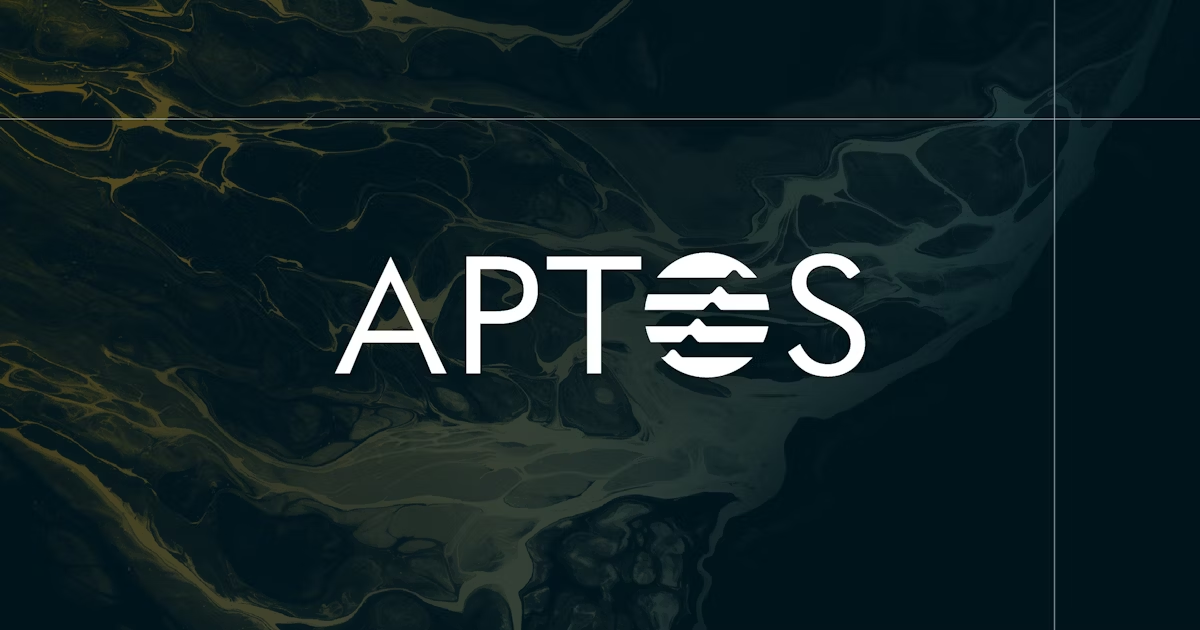Today’s fast-evolving crypto markets offer a range of yield-generation opportunities for investors who want to generate investment returns on top of capital appreciation.
Read on to discover five ways to earn yield on your crypto investments.
Staking coins
When it comes to earning yield on your digital assets, staking coins is typically among the first options for crypto investors.
In the crypto markets, staking refers to the process of locking up your coins to support a proof-of-stake (PoS) based blockchain network and earn rewards in the form of newly minted tokens.
The PoS consensus mechanism was developed in 2012 by Sunny King as an alternative to the proof-of-work (PoW) concept to address the environmental sustainability and scalability issues surrounding the latter. (Learn more: ‘Fiat-Like’ Proof-of-Stake Chains Favor Centralization & Rich Players)
In the PoS concept, crypto holders are able to stake a certain amount of funds on the blockchain in order to validate transactions. There’s typically a minimum amount of coins that you can stake. Additionally, crypto investors can validate block transactions based on the amount of coins they have. The more coins owned by an investor, the higher the rewards earned.
Examples of popular staking coins include Algorand (ALGO), Cosmos (ATOM), Tezos (XTZ), and Tron (TRON), while Ethereum (ETH) is also moving to the PoS algorithm and is already offering staking on its Beacon Chain. Staking APYs (annual percentage yields) typically range from 3% to 10%, depending on the asset.
In addition to staking coins in PoS-based crypto networks, crypto holders can also stake tokens on decentralized finance (DeFi) platforms to earn yield on their holdings.
For example, you can stake CAKE tokens on the Binance Smart Chain-powered decentralized exchange PancakeSwap, to earn 50%+ APY (at the time of writing) on your tokens.
CeFi lending
Before DeFi emerged, essentially all crypto platforms operated under a centralized finance (CeFi) model. That means one single entity was in charge of operating the platform.
In addition to platforms that allow for the trading of cryptoassets, crypto lending marketplaces emerged to enable crypto holders to lend their digital assets to earn interest.
Using CeFi lending apps, you earn crypto yield when borrowers pay interest on the digital assets you are lending to them. The platform you are using handles all the payments and matches borrowers and lenders so you only have to concern yourself with the interest payments you are receiving.
Examples of leading CeFi lending platforms include BlockFi, Nexo, and Ledn, and APY can range from a few percent into the double digits.
The big drawback of centralized lending apps, however, is that you have to trust a third-party with your coins and you may need to complete a KYC (know-your-customer) process.
DeFi lending
The decentralized alternative to CeFi lending is DeFi lending. The DeFi market has experienced rapid growth over the last two years, making it a multi-billion dollar crypto sub-sector today.
DeFi lending allows crypto holders to earn interest by lending their crypto to others via decentralized lending pools, such as Compound (COMP) or Aave (AAVE). On lending dapps (decentralized applications), smart contracts to match lenders and borrowers without the need for credit checks, and collateral is posted to reduce default risk.
DeFi lending rates can vary substantially depending on the platform and the lending asset. For US dollar-backed stablecoins, for example, you can currently earn between 0.5% to 7% on leading DeFi lending platforms.
The main drawback of DeFi lending is that DeFi protocols have a history of succumbing to hacks that lead to a loss of funds. Sticking with the most established DeFi lenders is probably a smart choice for investors looking to earn yield in the DeFi lending markets.
Yield farming
Yield farming is another popular way of earning crypto yield. Although all crypto yield earning methods are risky, yield farming is arguably the riskiest on the list. However, it also has the highest APYs.
Yield farming or liquidity mining is a concept where crypto holders can stake some or all of their digital assets in a lending or DeFi trading pool, thus providing liquidity and in return, receive liquidity pool tokens that can then be staked in a yield farm to earn further yield besides the liquidity pool fees.
Popular yield farms include Sovryn, SushiSwap, PancakeSwap, and Yearn, and APY can go into the triple digits.
Staking NFTs
You may not be aware of this but you can also earn yield by staking non-fungible tokens (NFTs).
The NFT industry has experienced a massive boom since the start of the year, so it shouldn’t come as too much of a surprise that developers have come up with ways for NFTs to provide yield to holders.
Although NFT staking (or NFT farming) is a very new concept, there are already a handful of dapps that allow you to stake your non-fungible tokens to receive staking rewards in the form of protocol tokens.
Staking NFTs is similar to yield farming with the major difference being that the latter requires one to deposit digital assets into a liquidity pool and get token rewards while the former involves the use of NFTs.
While earning yield on your crypto can potentially be lucrative, it’s also risky. Only invest what you can afford to lose and do your own research about the assets and platforms you plan to use on your hunt for yield.
_____
Learn more:
– The Growing Defi Market on Bitcoin: What’s Yielding Already?
– How to Yield Farm ‘on Bitcoin’ with Sovryn
– NFTs ‘on Bitcoin’: Yes, That’s a Thing!
– Play-to-Earn Gaming is Booming: From Axies to Lightnite, Here’s What’s Out There
– Evaluating NFTs: How to Know Whether an NFT Project is Legit
– 6 Ways to Earn Passive Income with Crypto
– Investing in the Metaverse: 4 Ways to Invest in Virtual Future
– Fiat-to-Crypto Versus Crypto-to-Crypto: How Should You Trade?
Credit: Source link












































































































































